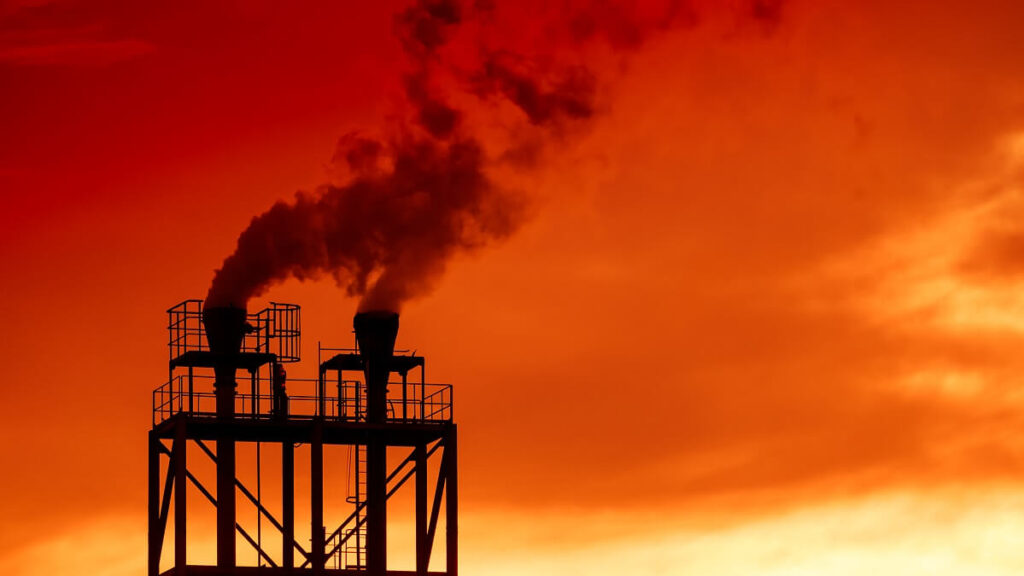You get a bit sick of climate change talk at times, but a new report shows how climate change itself threatens your health.
The report, published this month in The Lancet Regional Health: Western Pacific, outlines major climate change-related public health concerns. These include obvious ones such as wildfires, heatwaves, floods and droughts. But it also highlights one that probably doesn’t readily spring to mind – the spread of climate-sensitive infectious diseases.
In identifying these risks, the paper details current mitigation measures being planned or undertaken by various levels of government. Those measures, says the paper’s lead author, Monash University’s Professor Yuming Guo, require a greater focus on Indigenous Australians.
“Our findings reveal significant impacts of climate-related environmental extremes on the health and wellbeing of Australians,” Prof. Guo said.
“While governments have implemented various adaptation strategies, these plans must be further developed to yield concrete actions. Moreover, Indigenous Australians should not be left out in these adaptation efforts.”
Climate change and health – how has Australia failed?
Comprising such a small percentage of the world’s population, Australia’s ability to implement large-scale preventative measures may be somewhat limited. From a health perspective though, Australian governments could – and should – have done more by now, the paper laments.
“Australia’s national responses to the climate crisis have been inadequate,” the report states. “Policy engagement by the former federal government was inadequate and limited, and climate change and health issues have been addressed in a siloed and disconnected way at the national level.”
Reviewing the federal government’s policies of recent years, the paper criticises a relative disregard of health as a key issue. The report bemoans a missed opportunity with the release of the October 2021 ‘Australian National Climate Resilience and Adaptation Strategy’.
The strategy, the paper says, “did not put health at the centre of the policies.”
Although scathing of our overarching approach, the paper highlights several smaller-scale exceptions to its criticisms. It lauds the West Australian government’s Climate Health Inquiry in 2020, for instance. This program, it says, “was the first statutory inquiry anywhere in the world focused on the health impacts of climate change”.
The paper also praised the Australian Medical Association (AMA) declaration of climate change as a health emergency in 2019. This prompted similar declarations from other national health and medical associations, such as the Royal Australasian College of Physicians.
An Australian Academy of Health and Medical Sciences report highlighting climate change as an urgent health priority was also praised.
Four pillars of climate change
Four key areas are identified in the report as potentially having serious negative heath consequences for Australians. These are heatwaves, bushfires, floods and drought. While bushfires and floods have immediately visible effects generating mainstream media coverage, heatwaves and droughts do not generally drive ‘clicks’.
Yet an increase in the frequency and intensity of heatwaves has had dangerous, even fatal, consequences.
“The pronounced heatwaves have significantly increased the mortality burden in Australia,” the report says. “Between July 2010 and January 2019, heatwaves in Queensland were associated with a five per cent increase in all-cause mortality compared to non-heatwave days.”
Likewise drought has less immediately identifiable consequences, the report says. “Drought is associated with increased risk of bushfires, dust storms and heatwaves, which can induce increased mortality and cardiorespiratory problems. Limited access to clean water can lead to increased risks of infectious illnesses and can cause food insecurity. Drought may also induce mental health problems.”
Even more ‘newsworthy’ climate change events can have direct health consequences. Bushfires have a direct effect on human health, apart from the obvious. Exposure to bushfire smoke can cause corneal abrasions, cardiorespiratory mortality and morbidity, and adverse birth outcomes.
The spread of smoke over hundreds of kilometres can also create serious health risks.
“Particulate matter (PM) with a diameter of 2.5 μm or less (PM2.5) is the most important,” the report says. “It can … affect a vastly larger population than the source fires and has long-term health implications.” These include, “cardiovascular and respiratory diseases, and cancer.”
What action is required?
To mitigate climate change health risks, the report makes a number of communication and policy recommendations. These revolve around health knowledge, workforce, critical infrastructure, service delivery and adequate finance.
According to Prof. Guo, healthcare providers should be aware of the increased health risks following events such as floods. “They should incorporate this knowledge into their practice,” he said. This will enable preparation “for the suddenly elevated demands of health services to reduce avoidable deaths from natural causes”.
Were you aware of the indirect health consequences of climate change? Should Australia’s governments be doing more to reduce the risks? Let us know via the comments section below.

